In the realm of evolutionary biology, certain discoveries stand as watershed moments that fundamentally reshape our understanding of human origins. Among these, the discovery of a particular gorilla fossil ranks as one of the most significant findings of the 21st century. This remarkable specimen has forced scientists to reconsider long-held theories about the evolutionary timeline of great apes and humans, opening new windows into our ancestral past. The impact of this discovery extends far beyond academic circles, touching on fundamental questions about what it means to be human and how we came to be. This article explores how a single gorilla fossil discovery revolutionized our understanding of primate evolution and rewrote crucial chapters in the story of human origins.
The Groundbreaking Discovery
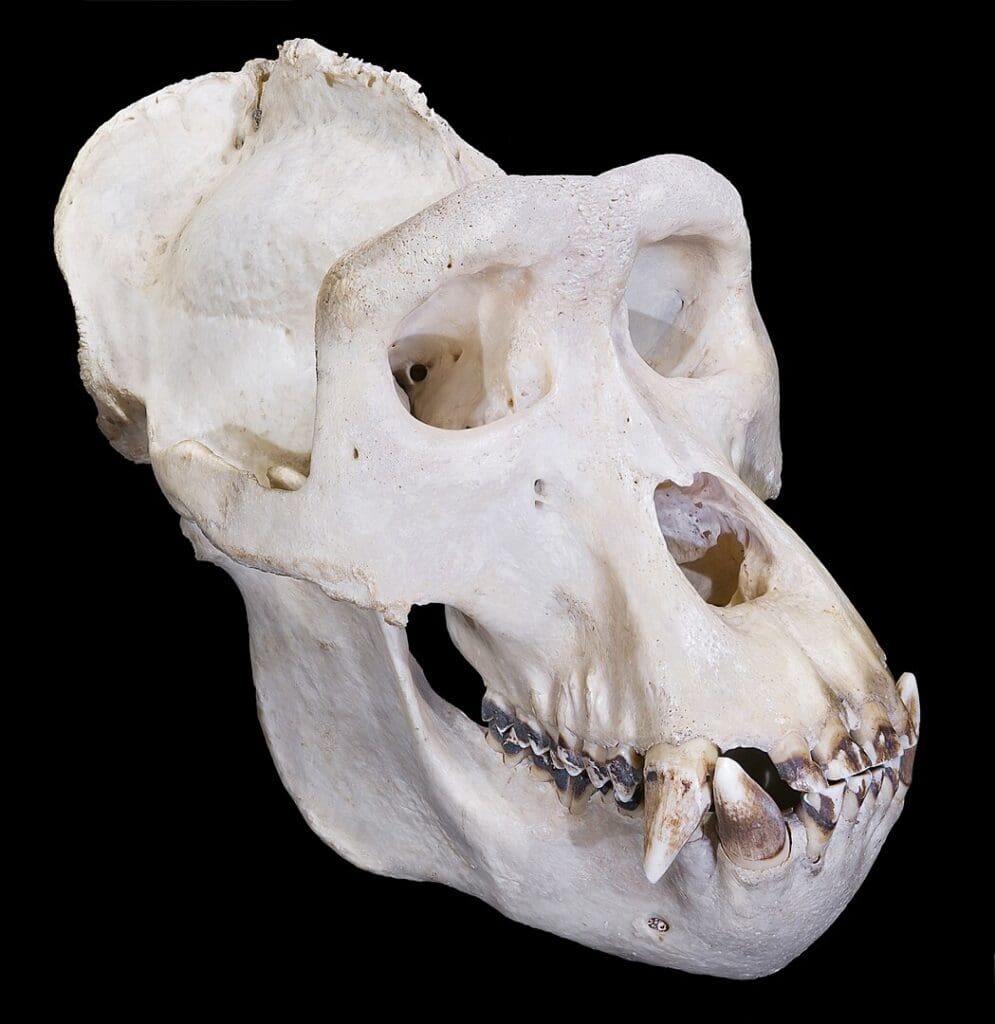
The fossil in question, known as Chororapithecus abyssinicus, was discovered in 2007 in the Afar region of Ethiopia. The find consisted of nine teeth from at least three individuals, dated to approximately 10-10.5 million years ago. While teeth might seem like modest remains, they proved extraordinarily valuable to paleontologists. Teeth are often the most durable parts of organisms that survive the fossilization process, and they contain crucial information about diet, lifestyle, and evolutionary relationships. What made these particular fossils revolutionary was their clear gorilla-like characteristics, particularly adaptations for fibrous vegetation consumption typical of modern gorillas. Prior to this discovery, the oldest known gorilla fossils dated to only about 7 million years ago, making Chororapithecus a game-changing find that pushed back the origin of gorillas by at least 3 million years.
Challenging the “East Side Story”

For decades, the prevailing theory of human evolution was known as the “East Side Story,” proposed by renowned paleontologist Yves Coppens. This hypothesis suggested that the human lineage diverged from that of other apes when climate change created a geographical barrier – specifically, the formation of the Great Rift Valley in East Africa about 8 million years ago. According to this theory, our ancestors evolved on the eastern, drier side of this divide, while other apes remained in the western forests. The discovery of Chororapithecus directly challenged this narrative. Finding gorilla-like fossils in East Africa from over 10 million years ago indicated that the evolutionary split between gorillas and the human/chimpanzee lineage had already occurred well before the formation of the Rift Valley, forcing scientists to abandon the East Side Story as an explanation for human origins.
Rewriting the Molecular Clock

The Chororapithecus finding had profound implications for the “molecular clock” method used to estimate divergence times between species. Prior to this discovery, molecular studies suggested that gorillas split from the human-chimpanzee lineage around 7-8 million years ago. However, the 10-10.5 million-year-old gorilla-like fossils indicated that this split must have occurred much earlier. This discrepancy forced geneticists to recalibrate molecular clock estimates, resulting in revised timelines that pushed back the gorilla divergence to approximately 10-11 million years ago and the human-chimpanzee split to about 8 million years ago. This recalibration rippled through evolutionary biology, affecting our understanding of how quickly genetic changes accumulate and how we interpret the timing of evolutionary events throughout the primate family tree.
The Missing Link Controversy

The term “missing link” has long captivated public imagination, referring to transitional fossils that bridge evolutionary gaps between species. While many scientists avoid this somewhat misleading term, Chororapithecus prompted renewed discussion about transitional forms in ape evolution. The fossil doesn’t represent a direct ancestor of humans, but rather an early member of the gorilla lineage after it diverged from our common ancestors with chimpanzees. However, its existence helps fill critical gaps in the fossil record of great ape evolution. Before Chororapithecus, there was a significant void in the African fossil record between 14 and 7 million years ago – precisely when crucial evolutionary divergences were occurring. This discovery provided the first solid evidence from this “ghost lineage” period, demonstrating that gorilla-like apes were indeed present in Africa during this critical evolutionary window.
Implications for Human Origins

Though Chororapithecus is not a human ancestor, its discovery has profound implications for understanding human origins. By establishing that gorillas had already evolved as a distinct lineage by 10 million years ago, it confirms that the last common ancestor of all great apes (including humans) must have lived even earlier. This pushes back the timeline for when our evolutionary lineage began its unique journey.
Moreover, it suggests that the basic blueprint for great ape anatomy and behavior was established earlier than previously thought, giving researchers new insights into what our common ancestor might have looked like. The finding reinforces the idea that human evolution isn’t a simple linear progression but rather one branch of a complex evolutionary bush, with many concurrent developments happening across different ape lineages.
Biogeographical Revelations
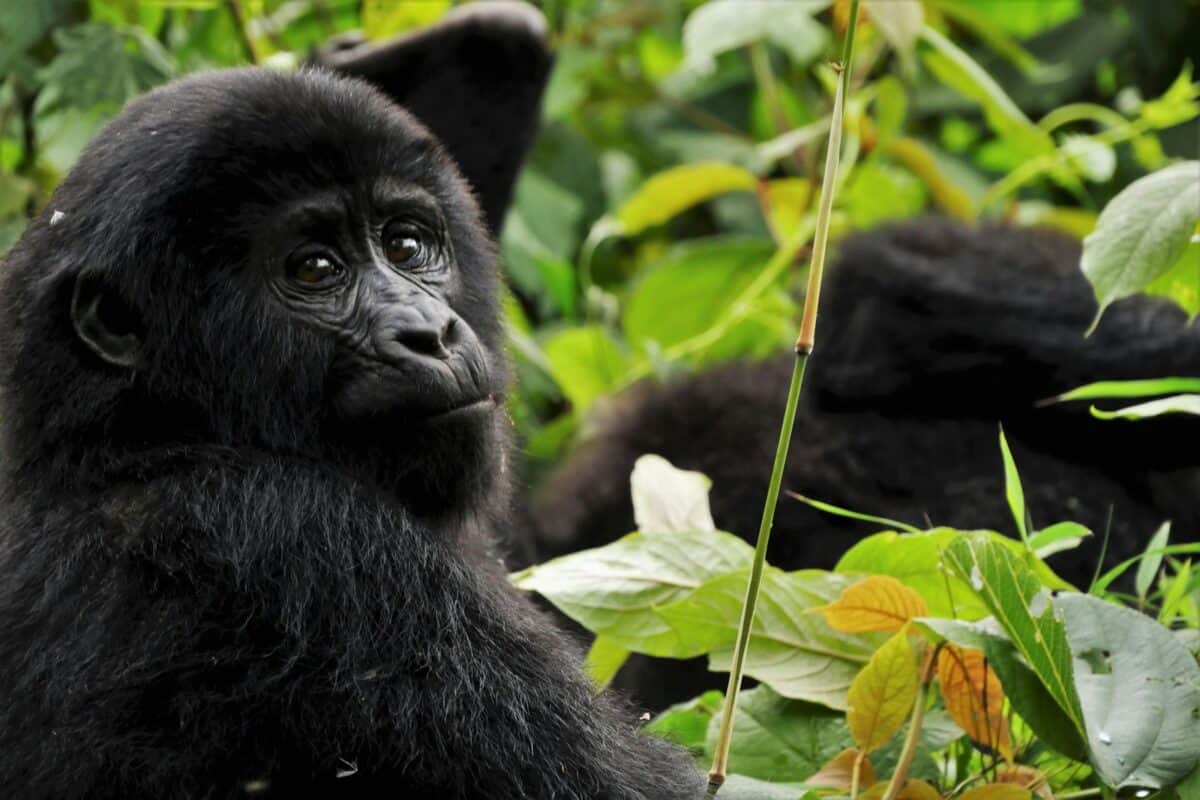
Beyond challenging existing timelines, the Chororapithecus discovery revealed important information about the biogeography of early apes. The fossil was found in what is now Ethiopia, indicating that gorilla-like apes once inhabited eastern Africa, far from the central and western African forests where modern gorillas live today. This suggests a much wider distribution of ape species in the late Miocene epoch than exists now.
It also indicates significant climate and environmental changes over the past 10 million years that gradually restricted gorilla habitats to their present range. These biogeographical insights help scientists reconstruct ancient environments and understand how climate change influenced primate evolution, including the conditions that may have shaped early human ancestors as they adapted to increasingly diverse African landscapes.
Dental Adaptations and Evolutionary Specialization

The Chororapithecus teeth display specialized adaptations for processing fibrous plant material, similar to modern gorillas who primarily consume tough vegetation like stems, bamboo shoots, and leaves. These dental features include thickened enamel and specific molar patterns optimized for grinding plant matter. Such specializations indicate that by 10 million years ago, some apes had already evolved highly specific dietary adaptations, suggesting a period of rapid evolutionary diversification in response to changing African environments. This specialization contrasts with the more versatile dental patterns of early human ancestors, who maintained adaptations for a varied diet. The find underscores how dietary specialization can drive evolutionary change and suggests that the last common ancestor of gorillas and humans likely had more generalized teeth before these specialized adaptations emerged in the gorilla lineage.
Scientific Debate and Acceptance
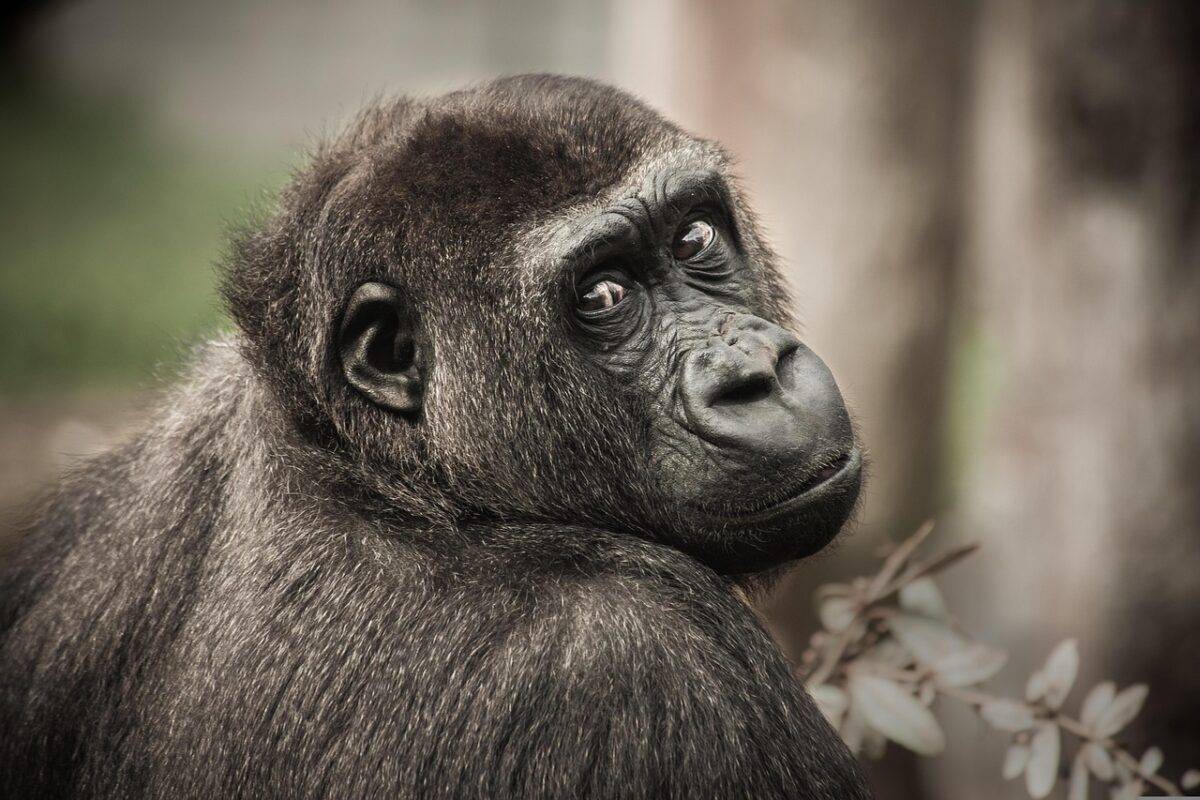
As with many groundbreaking discoveries, the interpretation of Chororapithecus initially faced skepticism within the scientific community. Some researchers questioned whether the limited fossil material—just nine teeth—was sufficient to identify a new genus and make such far-reaching claims about gorilla evolution. Others debated whether the dental similarities to modern gorillas represented direct ancestry or mere evolutionary convergence (similar adaptations evolving independently).
This healthy scientific skepticism led to rigorous analysis and debate. Over time, additional research, including more sophisticated morphological analysis and comparisons with other fossil apes, has strengthened the case for Chororapithecus as an early gorilla relative. This process illustrates how scientific understanding advances through careful scrutiny and how revolutionary findings must withstand rigorous examination before reshaping established theories.
Impact on Human Evolutionary Theories

The revised timeline triggered by Chororapithecus has had cascading effects on theories about human evolution. By establishing that gorillas diverged earlier than previously thought, it suggests that all subsequent evolutionary events—including the human-chimpanzee split and the emergence of early hominins—may have occurred earlier as well.
This has compelled researchers to reevaluate numerous fossil finds, including potential human ancestors like Sahelanthropus tchadensis and Orrorin tugenensis, which date to around 6-7 million years ago. Some scientists now propose that these fossils may represent the earliest stages of the human lineage, shortly after the split from chimpanzees. The Chororapithecus discovery thus provides a crucial reference point for organizing the entire chronology of ape and human evolution, influencing interpretations of fossils across multiple species and time periods.
Evolutionary Insights from Ancient DNA

While extracting DNA from 10-million-year-old fossils remains impossible with current technology, the Chororapithecus discovery has spurred advances in analyzing ancient genetic material and comparing it with modern genomes. By providing more accurate divergence dates, it has helped researchers better calibrate genetic analyses and understand how quickly genetic changes accumulate in different primate lineages.
This has led to sophisticated models that can more accurately estimate when certain genetic adaptations emerged. For instance, studies of modern gorilla genomes, informed by the revised evolutionary timeline, have identified genetic adaptations related to immune function, sensory perception, and skeletal development that likely evolved after their lineage diverged from our ancestors. These insights help scientists distinguish between traits that emerged independently in different ape lineages versus those inherited from common ancestors.
Conservation Implications
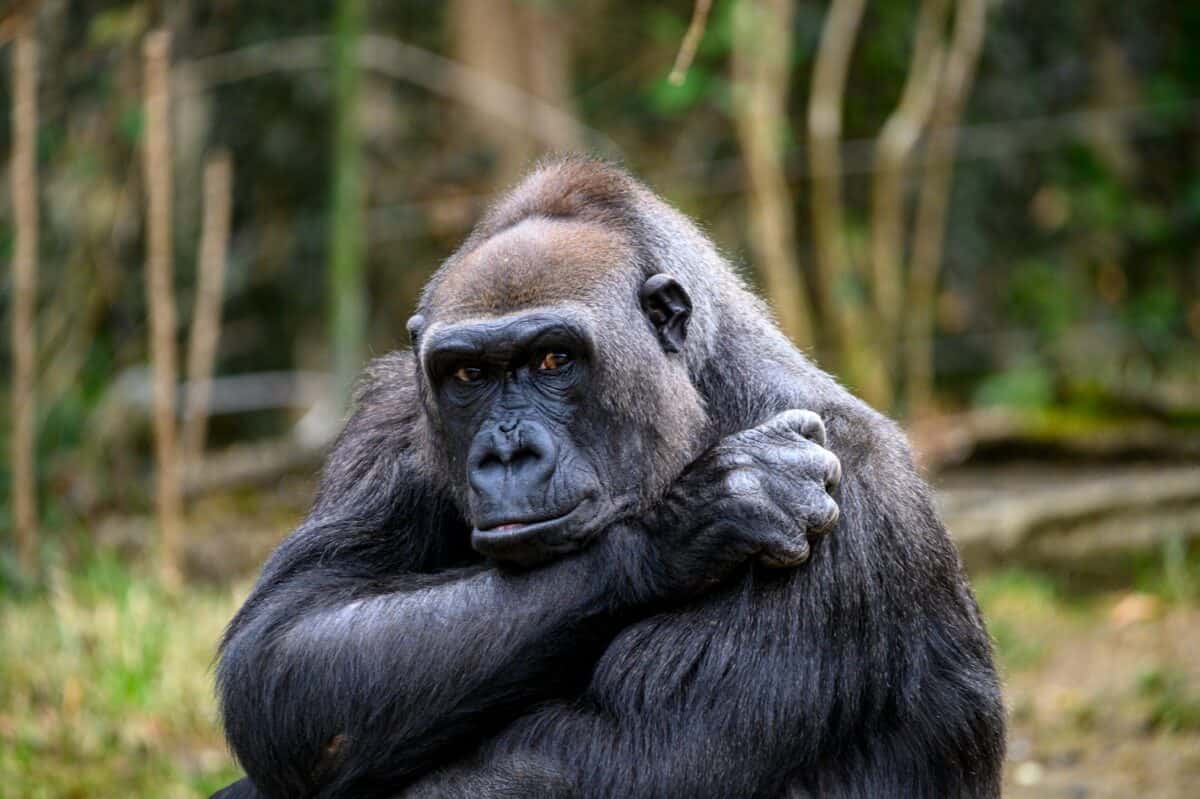
The Chororapithecus discovery holds significance not just for understanding the past, but also for conserving great apes in the present. By demonstrating that gorillas have a longer evolutionary history than previously recognized, it underscores their status as a unique evolutionary lineage with millions of years of independent adaptation and specialization. This strengthens conservation arguments based on the evolutionary distinctiveness of species.
Additionally, the evidence that gorillas once ranged across eastern Africa highlights how much their habitat has contracted over evolutionary time, making modern conservation efforts all the more crucial. With all gorilla species now endangered or critically endangered due to habitat loss and poaching, the fossil reminds us that we stand to lose not just a species, but a distinct evolutionary journey spanning over 10 million years—a sobering perspective that reinforces conservation urgency.
Future Research Directions
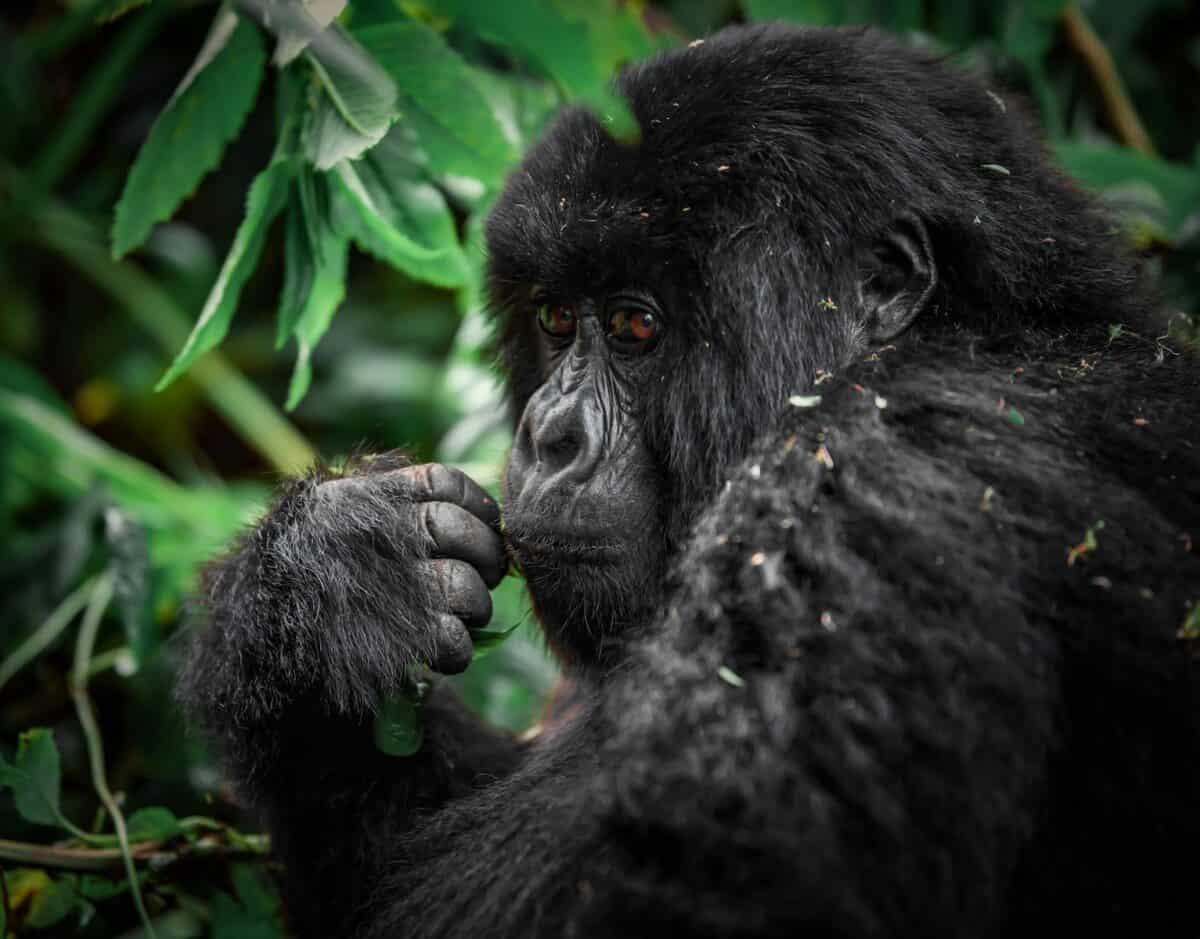
The Chororapithecus discovery has opened numerous avenues for future research. Paleontologists continue searching for additional specimens from this critical time period, hoping to find more complete skeletal remains that could provide further insights into early gorilla anatomy and behavior. The revised evolutionary timeline also motivates researchers to look for potential human-chimpanzee common ancestors from 8-9 million years ago, as well as earlier representatives of the human lineage.
Ongoing fieldwork in Ethiopia, Kenya, and other parts of Africa targets sediments from these crucial time periods. Meanwhile, advances in analytical techniques, including micro-CT scanning, ancient protein analysis, and improved dating methods, promise to extract even more information from existing fossils. The questions raised by Chororapithecus continue to drive innovative research across multiple disciplines, from paleontology to genetics to ecological modeling of ancient environments.
A Transformative Legacy in Evolutionary Science

The discovery of Chororapithecus abyssinicus represents far more than just another entry in the fossil record. It serves as a powerful reminder of how a single finding can transform scientific understanding and rewrite evolutionary narratives. By pushing back the timeline of gorilla evolution, this fossil has forced a comprehensive reassessment of primate evolutionary history, recalibrated genetic dating methods, and provided crucial context for understanding human origins.
The ripple effects continue to influence research across multiple scientific disciplines, from paleontology to genetics to ecology. As we reflect on our evolutionary journey, Chororapithecus stands as testament to the dynamic nature of scientific knowledge—how new evidence continually refines and sometimes revolutionizes our understanding of the past. Most importantly, it reminds us that the story of human origins remains a work in progress, with each discovery bringing us closer to understanding the complex evolutionary pathways that ultimately led to our own species.
- How Sloths Help Support Mini-Ecosystems in Their Fur - August 9, 2025
- Eagles vs. Snakes: Who Would Win? - August 9, 2025
- Why Pandas Were Once Nearly Extinct—and How China Saved Them - August 9, 2025

